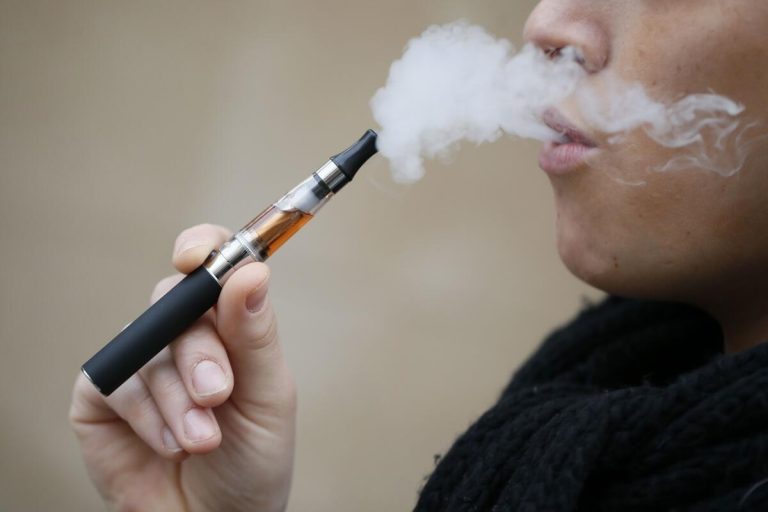
Vaping, once conceived as a tool for nicotine cessation, has evolved into a multifaceted phenomenon that intersects with various aspects of modern society. As this cultural shift continues to unfold, it becomes increasingly vital to examine the intricate dynamics and implications associated with vaping.
The Evolution of Vaping Culture
Vaping culture transcends its initial purpose of smoking cessation, encompassing a myriad of social, cultural, and economic dimensions. blinker vape, once niche establishments, have proliferated, becoming vibrant hubs where enthusiasts congregate to explore new flavors, share experiences, and foster a sense of community. This communal aspect of vaping culture has forged connections among individuals from diverse backgrounds, creating a shared identity rooted in the enjoyment of vaping.
Navigating Health Considerations
While vaping is often touted as a safer alternative to traditional smoking, questions persist regarding its long-term health effects and safety profile. Research on the physiological and behavioral impacts of vaping is ongoing, with studies examining its potential benefits for smokers looking to quit, as well as its risks, particularly among youth and non-smokers. The evolving scientific understanding of vaping underscores the importance of informed decision-making and evidence-based policies to safeguard public health.
Regulatory Challenges and Controversies
The rapid proliferation of vaping has presented regulators with a complex set of challenges, ranging from product safety and marketing practices to youth access and addiction prevention. Striking a balance between promoting harm reduction for adult smokers and mitigating the risks associated with youth initiation remains a delicate endeavor. Regulatory frameworks must adapt to the evolving landscape of vaping, ensuring that policies are both effective and equitable.
Economic and Industry Impacts
The vaping industry has emerged as a significant economic force, generating revenue, creating jobs, and driving innovation. However, the industry’s growth has also been accompanied by concerns about corporate influence, marketing strategies, and market saturation. Balancing the interests of industry stakeholders with public health considerations is essential for fostering a sustainable and responsible vaping ecosystem.
Societal Perceptions and Attitudes
Attitudes toward vaping vary widely across society, shaped by factors such as personal experiences, cultural norms, and media portrayals. While some view vaping as a harm reduction tool or a form of self-expression, others express skepticism or outright opposition. Bridging these divergent perspectives requires open dialogue, education, and a nuanced understanding of the complexities surrounding vaping.
In unraveling the complexities of vaping in modern society, it becomes evident that this phenomenon is more than just nicotine—it’s a reflection of our values, aspirations, and challenges as a society. By navigating these complexities with thoughtfulness and collaboration, we can foster an environment where vaping serves as a positive force for public health and social well-being.











+ There are no comments
Add yours